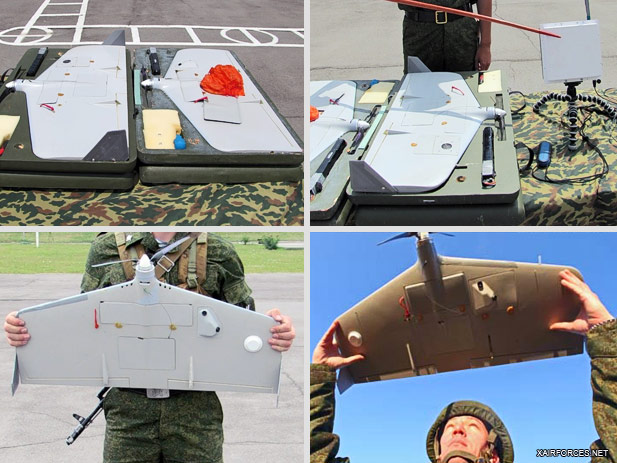
Drones take off in Russia’s armed forces

“Grusha” air drones produced by the Izhmash concern have entered the inventory of Russia’s Baltic Fleet.
Industrial experts state that the Grusha flying vehicles meet the global standards set for of mini-class drones.
Their main functions are surveillance and reconnaissance up to a range of about 10 km. The new drones have been delivered to marine corps and motorized infantry units of the Baltic Fleet’s coastal branches of troops. In future these drones are expected to enter service of all troops. This can be regarded as a milestone event – drones are no longer only designed and displayed at arms expos but enter the inventory of the armed forces, a Russian expert on drones Denis Fetudinov says:
"Last year land comparative tests of different mini-class drones were conducted among land troops. As a result several systems were selected which meet the demands of the troops to the fullest extent. Perhaps other branches of troops can also conduct such tests and choose the systems which meet their demands. It is likely that the Grusha drone was chosen in the result of such tests."
The drone’s wingspan is less than 1 meter and the weight is over 2 kg. Builtin video cameras enable the vehicle to detect separate people at a distance of up to 500 meters, remaining invisible thanks to its light coloring and plastic body which let rays of radars pass through it. Russian designers also have other developments. For example, these are the Dozor drones by the Transas company, which is the most advanced company in the creation of tactical drones. As for large drones there are no finished models for mass supplies. Russia’s Defense Ministry held a contest commissioning the companies to design a drone with a take off mass of 600-800 kg. Transas won the contest in this category, while the Kazan-based Sokol company was selected for the production of even heavier drones with the take off mass of more than 4 tons.
The Russian drone which is the take off mass of 600-800 kg is slightly smaller than US Predator, which was designed as a reconnaissance vehicle. Later the Americans built up its combat capacities. In particular, the drone carries anti-tank missiles. Its bigger modification, which weights 4.5 tons, has even more options for the installation of weapons onboard. It is likely that the Russian Defense Ministry launched a contest in order to catch up with the US in the category of heavy drones.
Source: By Andrei Smirnov, 19 December 2011 - Voice of Russia News (www.english.ruvr.ru)
Photo: The unmanned aerial vehicle (UAV) “Grusha” (“Pear”) in containers for its carrying. (Photo by RIA Novosti)
This UAV has been in service of the brigade since 2009. Its range – 5-10 km. Altitude – 100-500 meters. Wind can serve an obstacle only if its speed exceeds 12 m/h. The aircraft provides direct vision. Though when operating in mountainous areas it’s better off to use photography. The maximum time in the air 75 minutes.
(19.12.2011)
|